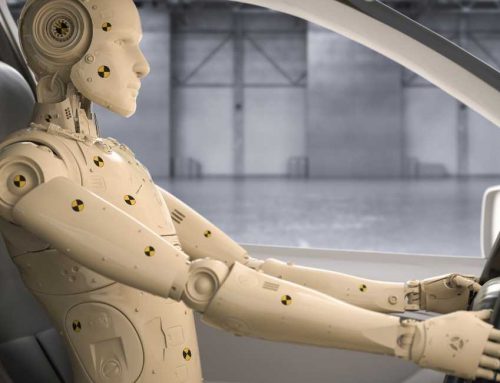In today’s rapidly evolving automotive landscape, safety takes center stage more than ever before. Modern cars are not just modes of transportation; they are equipped with advanced technologies designed to keep drivers and passengers safe on the road. One of the most significant advancements in this regard is the integration of Advanced Driver-Assistance Systems (ADAS) into vehicles. In this article, we’ll explore the vital role that ADAS plays in enhancing car safety in the modern era.
Understanding ADAS
Advanced Driver-Assistance Systems (ADAS) encompass a range of safety features and technologies designed to assist drivers in various aspects of driving and help prevent accidents. These systems use sensors, cameras, radar, and other technologies to monitor the vehicle’s surroundings and provide real-time feedback and assistance to the driver.
Key ADAS Features and Their Benefits
- Adaptive Cruise Control (ACC): ACC uses sensors to maintain a safe following distance from the vehicle ahead. It automatically adjusts the vehicle’s speed, reducing the need for constant speed adjustments by the driver. This feature enhances safety and reduces driver fatigue during long journeys.
- Lane-Keeping Assist (LKA): LKA helps prevent unintentional lane departures by providing steering assistance. If the vehicle drifts out of its lane without the use of a turn signal, LKA gently guides it back into the lane. This feature reduces the risk of lane-change accidents.
- Forward Collision Warning (FCW): FCW alerts the driver if a potential collision with the vehicle ahead is detected. It provides an early warning, allowing the driver to react and take necessary actions to avoid or mitigate a collision.
- Automatic Emergency Braking (AEB): AEB goes a step further by automatically applying the brakes if a collision is imminent and the driver doesn’t respond to the FCW warning. This feature can significantly reduce the severity of accidents and save lives.
- Blind-Spot Monitoring (BSM): BSM uses sensors to detect vehicles in the driver’s blind spots. It provides visual or audible warnings to alert the driver when it’s unsafe to change lanes, helping prevent dangerous lane-change maneuvers.
- Pedestrian Detection: This feature uses cameras and sensors to identify pedestrians in or near the vehicle’s path. It provides warnings to the driver and, in some cases, can even initiate emergency braking to avoid hitting pedestrians.
- Traffic Sign Recognition (TSR): TSR uses cameras to identify and display road signs such as speed limits, stop signs, and no-entry signs on the vehicle’s dashboard. This helps drivers stay informed and adhere to traffic regulations.
Benefits of ADAS in Modern Car Safety
- Accident Prevention: The primary goal of ADAS is to prevent accidents from occurring in the first place. By providing real-time warnings and assistance to drivers, ADAS features reduce the likelihood of collisions caused by human error, distractions, or fatigue.
- Reduced Severity of Collisions: In cases where accidents are unavoidable, ADAS features like AEB can significantly reduce the severity of collisions. This can lead to fewer injuries and less damage to vehicles.
- Enhanced Driver Awareness: ADAS features help drivers stay more aware of their surroundings and potential hazards. This heightened awareness can improve overall driving behavior and decision-making.
- Driver Assistance: ADAS acts as a co-pilot, providing assistance when needed, such as maintaining a safe following distance or staying within lanes. This reduces driver fatigue, making long drives safer and more comfortable.
- Improved Road Safety: As more vehicles incorporate ADAS technologies, road safety as a whole is enhanced. ADAS-equipped cars can communicate with each other, helping to prevent accidents in complex traffic situations.
The Future of Car Safety
As technology continues to advance, ADAS systems will become even more sophisticated. They will play a crucial role in the development of autonomous vehicles, where cars will handle more aspects of driving independently. However, even in the era of self-driving cars, ADAS will remain essential for enhancing safety and providing backup control to drivers when needed.
In conclusion, Advanced Driver-Assistance Systems (ADAS) have revolutionized car safety by leveraging advanced technologies to assist drivers and prevent accidents. These systems have become integral components of modern vehicles, offering a higher level of safety and peace of mind on the road. As ADAS continues to evolve, we can expect even more significant advancements in car safety, ultimately leading to safer roads for all.





